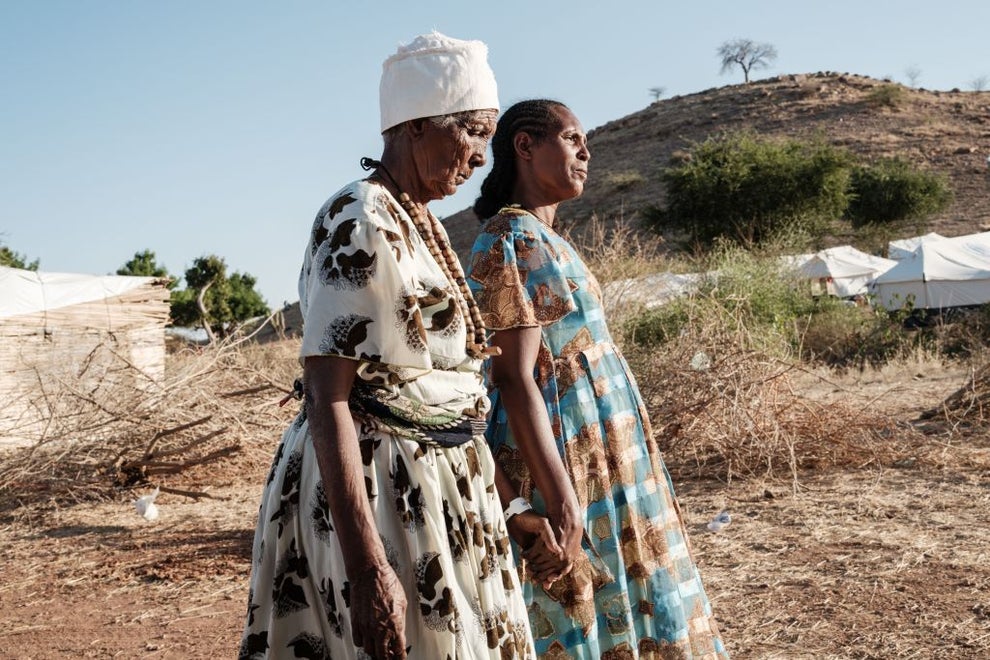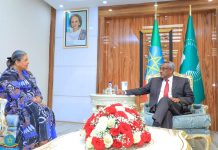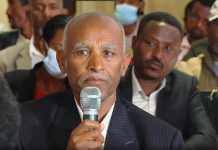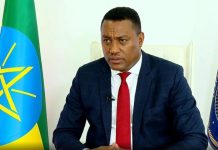Africa-Press Ethiopia
s fighting raged across the Tigray region of northern Ethiopia in November, a group of soldiers arrived one day at Hitsats, a small hamlet ringed by scrubby hills that was home to a sprawling refugee camp of about 25,000 people.
The refugees had come from Eritrea, whose border lies 30 miles away, part of a vast exodus in recent years led by desperate youth fleeing the tyrannical rule of their leader, one of Africa’s harshest autocrats. In Ethiopia, Eritrea’s longtime adversary, they believed they were safe.
But the soldiers who burst into the camp on 19 November were also Eritrean, witnesses say. Mayhem quickly followed – days of plunder, punishment and bloodshed that ended with dozens of refugees being singled out and forced back across the border into Eritrea.
For weeks, Ethiopia’s prime minister, Abiy Ahmed, has denied that soldiers from Eritrea – a country that Ethiopia once fought in an exceptionally brutal war – had entered Tigray, where Abiy has been fighting since early November to oust rebellious local leaders.
In fact, according to interviews with two dozen aid workers, refugees, United Nations officials and diplomats – including a senior US official – Eritrean soldiers have been fighting in Tigray, apparently in coordination with Abiy’s forces, and face credible accusations of atrocities against civilians. Among their targets were refugees who had fled Eritrea and its president, Isaias Afwerki.
The deployment of Eritreans to Tigray is the newest element in a melee that has greatly tarnished Abiy’s once-glowing reputation. Only last year he was awarded the Nobel Peace Prize for making peace with Isaias. Now it looks like the much-lauded peace deal between the former enemies in fact laid the groundwork for them to make war against Tigray, their mutual adversary.
“Abiy has invited a foreign country to fight against his own people,” says Awol Allo, a former Abiy supporter turned outspoken critic who lectures in law at Keele University in Britain. “The implications are huge.”
Abiy insists he was forced to move his army quickly into Tigray after the region’s leaders, who had dominated Ethiopia for 27 years until Abiy took over in 2018, mutinied against his government. But in the early weeks of the fight, Ethiopian forces were aided by artillery fired by Eritrean forces from their side of the border, a US official said.
Since then, Abiy’s campaign has been led by a hodgepodge of forces, including federal troops, ethnic militias and, evidently, soldiers from Eritrea.
At Hitsats, Eritrean soldiers initially clashed with local Tigrayan militiamen in battles that rolled across the camp. Scores of people were killed, including four Ethiopians employed by the International Rescue Committee and the Danish Refugee Council, aid workers said.






